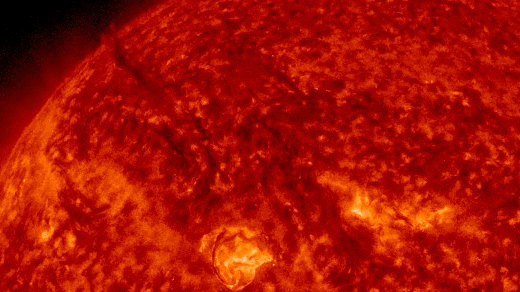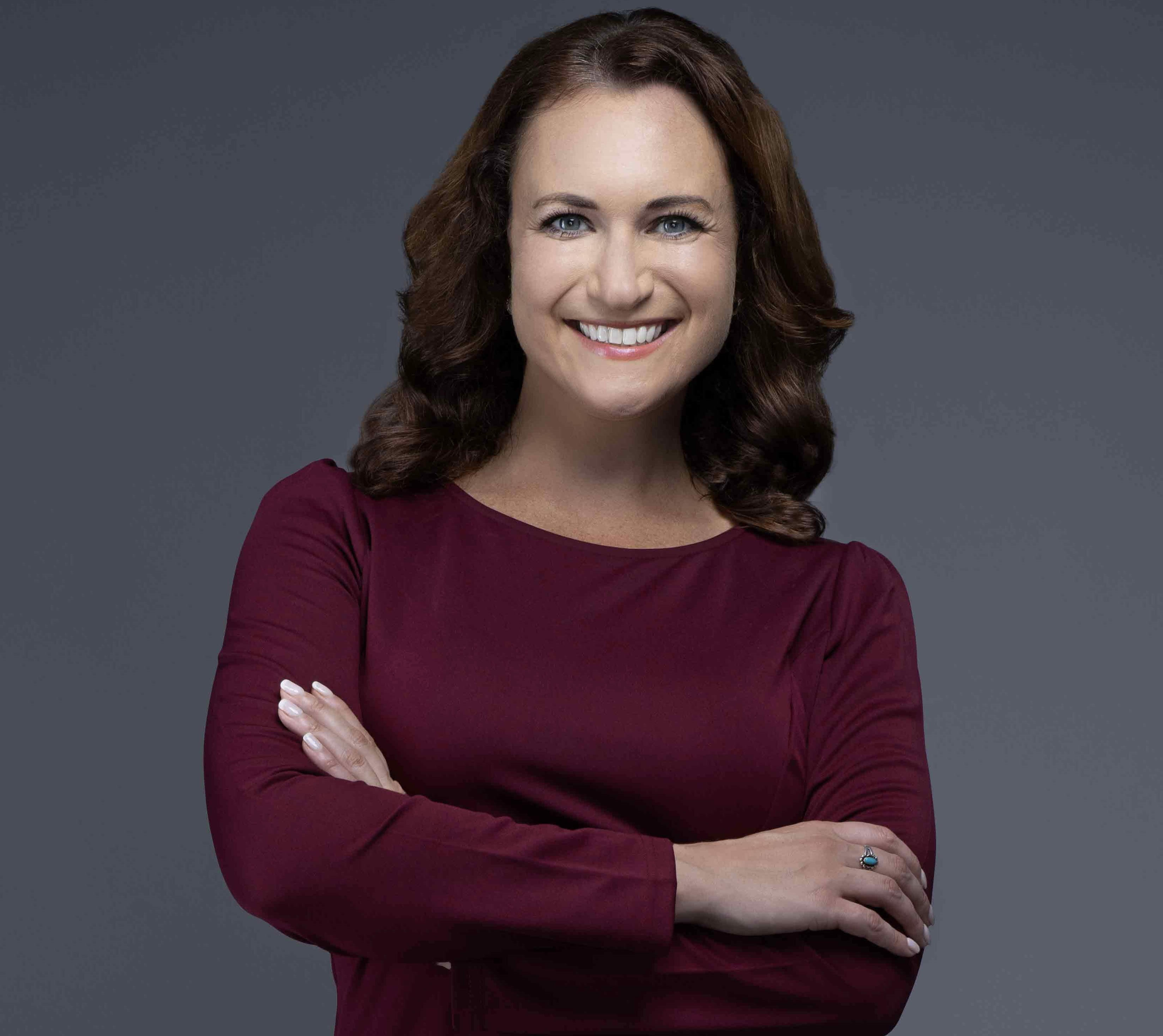Watch two plumes of 'dark' plasma explode from the sun and send solar storm towards Earth (video)
The cooler, denser plasma appears dark against the raging surface of the sun in this view from a NASA spacecraft.
Two loops of "dark" plasma exploded from the sun yesterday (July 21), and a NASA spacecraft caught it on video.
NASA's Solar Dynamics Observatory (SDO) watched as two loops of cool, dense plasma erupted from the sun's surface, looking eerily similar to a pair of dementors from Harry Potter hovering over the sun.
However, instead of soul-sucking mythical creatures, these blackish loops of plasma are are actually the beginning stages of a coronal mass ejection (CME), which are quite the magnetic mess that can create solar storms that impact Earth.

In the sped-up video, you can see two wispy black plumes of plasma launched from sunspot AR3757 on Sunday along with a M1-class solar flare. These active sunspot regions can spew electromagnetic energy from the sun's corona at any given moment and as these plumes navigate away from the sun's atmosphere, they collect more and more plasma that eventually consolidate into a CME's most inner makings.
So why does the plasma look so dark compared to its surroundings? As it billows out and away from the sun, it's at a much lower density and temperature compared to the massive molten heart of our solar system, making it appear dark in SDO's imagery.
Once a CME is born, scientists can use images from the SOHO coronagraph to spot the halo, which is its signature, and determine if its propagating toward Earth and could bring our planet any impacts.
With the current forecast by National Oceanic and Atmospheric Administration (NOAA)s Space Weather Prediction Center (SWPC), this CME is expected to arrive at Earth later in the day on July 24 (Wednesday) and kick up our geomagnetic activity a notch.
Get the Space.com Newsletter
Breaking space news, the latest updates on rocket launches, skywatching events and more!
So, for all of the aurora chasers out there, this might bring a vibrant show of colors to the night sky for some northern and upper Midwest states spanning from New York to Idaho.
Join our Space Forums to keep talking space on the latest missions, night sky and more! And if you have a news tip, correction or comment, let us know at: community@space.com.

Meredith is a regional Murrow award-winning Certified Broadcast Meteorologist and science/space correspondent. She most recently was a Freelance Meteorologist for NY 1 in New York City & the 19 First Alert Weather Team in Cleveland. A self-described "Rocket Girl," Meredith's personal and professional work has drawn recognition over the last decade, including the inaugural Valparaiso University Alumni Association First Decade Achievement Award, two special reports in News 12's Climate Special "Saving Our Shores" that won a Regional Edward R. Murrow Award, multiple Fair Media Council Folio & Press Club of Long Island awards for meteorology & reporting, and a Long Island Business News & NYC TV Week "40 Under 40" Award.









